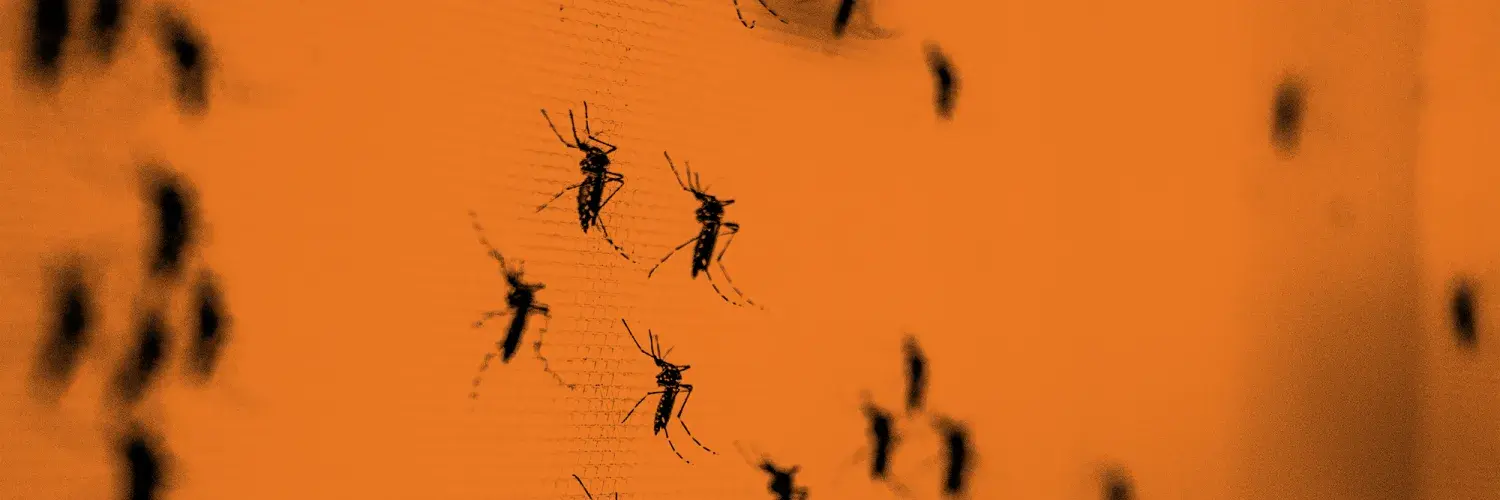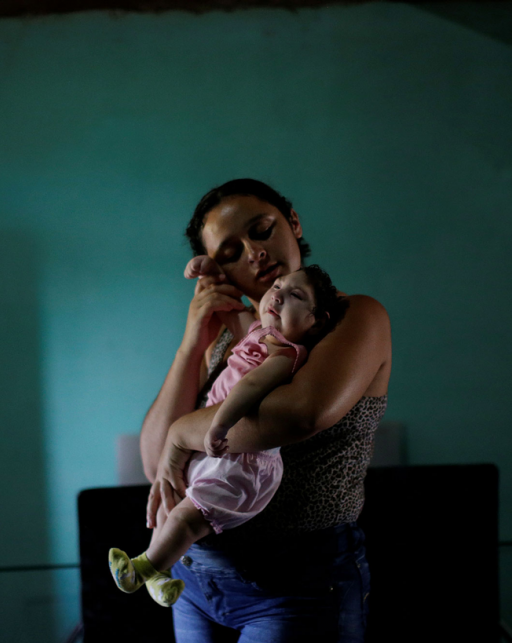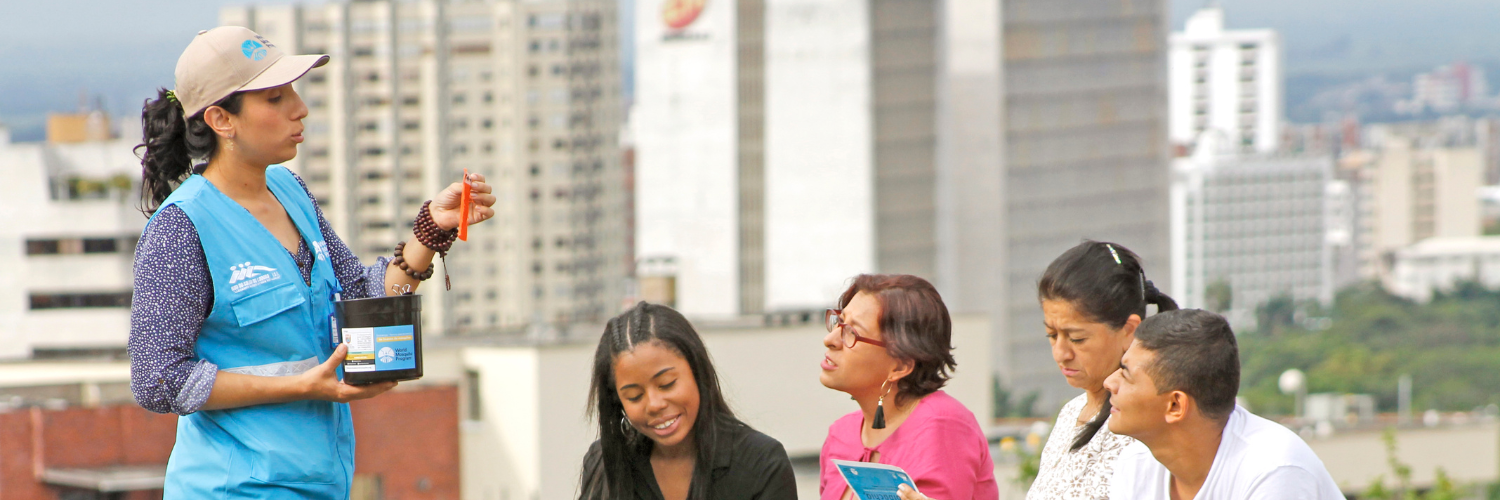First identified in Ugandan monkeys in 1947, then in humans in 1952, the Zika virus was virtually dormant for six decades. Global outbreaks in 2015 were recorded in Africa, the Americas, Asia and the Pacific. On 1 February 2016, the World Health Organization declared a Public Health Emergency of International Concern.
More about Zika
- 1Where does Zika occur?
It is possible to contract Zika in Africa, the Americas, Asia and the Pacific. Zika cases have been reported from more than 80 countries.
- 2How many people have been affected by Zika?
Because Zika virus infection often causes little or mild illness, it is difficult to quantify the incidence of infection. Since 2015, more than 900,000 suspected cases of Zika have been reported.
- 3How does Zika spread?
Zika can spread wherever Aedes aegypti mosquitoes are present. It is a virus transmitted between humans primarily by this mosquito, which is commonly found around homes and urban areas.
- 4How is Zika treated?
There is no treatment for Zika virus, other than rest, fluids and management of symptoms with common medicines. Symptoms of Zika virus infection are usually mild, and resolve within seven days
- 5How can we help prevent Zika?
There is no vaccine for Zika virus. Prevention relies on reducing exposure to mosquito bites, by removing mosquito breeding sites, using insecticides to suppress the mosquito population, and wearing protective clothing and repellents.
However, the World Mosquito Program’s Wolbachia method is showing promising results internationally. It is helping to block the transmission of Zika, as well as other viruses transmitted by Aedes aegypti mosquitoes, such as dengue, chikungunya and yellow fever.
Fact sheet
Download this information about Zika, its symptoms, treatments and prevention techniques.




